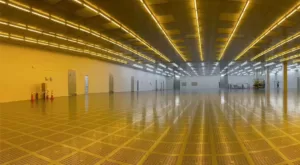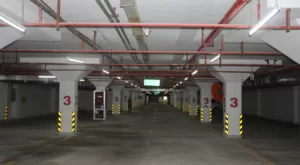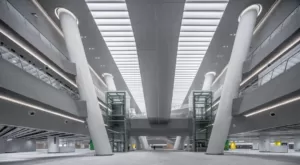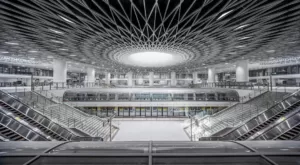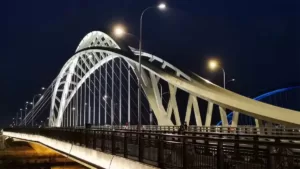How to plan and design the lighting of the clean workshop
Pharmaceutical clean workshop is a clean room built by pharmaceutical enterprises in order to adapt to the requirements of the WHO(World Health Organization) on the drug quality supervision and certification system in international trade and the GMP certification of drug manufacturers by the state.

The so-called GMP is the production quality and management of drugs, that is, the quality control and management of the whole process of drug production. GMP certification includes software and hardware two parts, software refers to advanced and reliable production process, strict management system and quality control; Hardware refers to the qualified production environment, plant, equipment, etc., among which the lighting design of the clean workshop is essential. The research and implementation of clean workshop engineering in pharmaceutical companies began in the late 1970s. From the 1980s to today, Chinese pharmaceutical companies have gradually established a relatively complete set of GMP regulations and implementation guidelines, design specifications and other guiding documents, and the construction of clean workshop has developed rapidly in the pharmaceutical industry. In the new and rebuilt factory buildings, clean technology has been widely used, coupled with the formation of joint ventures not only have new products and equipment, but also brought the construction of clean factory buildings and air purification technology application of new technology, new experience, so that the application of clean technology in the pharmaceutical industry to reach a new level, clean factory lighting design is more perfect and more reasonable.
The following is a detailed discussion of the lighting design of the clean workshop.
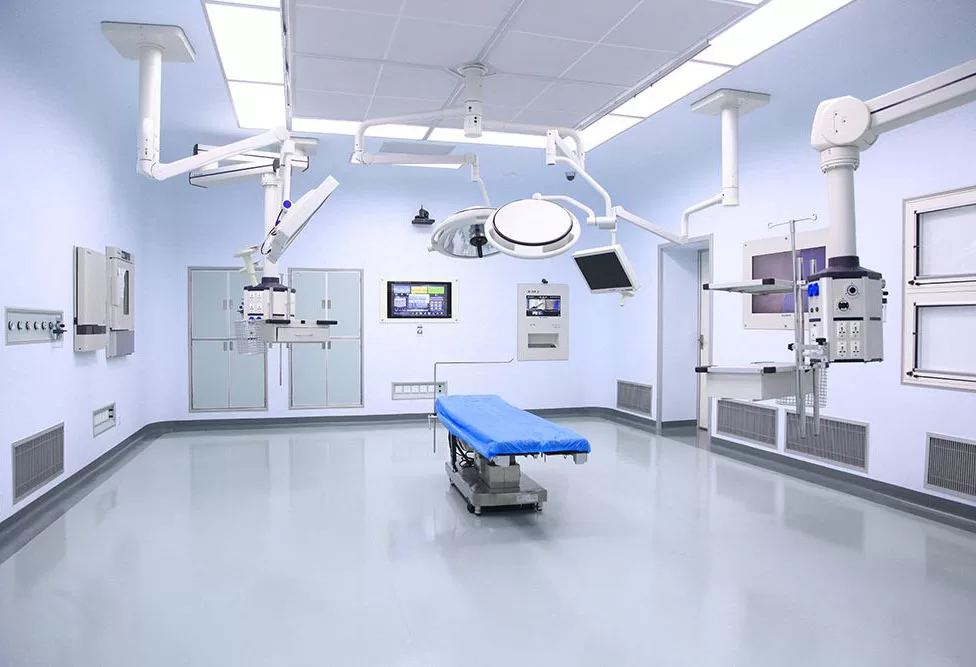
Characteristics of clean workshop lighting
The clean workshop is a closed whole, and the area of the workshop is relatively large. Even if the surrounding area of the clean workshop can see natural light, it is only limited to the surrounding sightseeing corridors and other places with low cleanliness requirements, and the operating positions still rely on artificial lighting. Windowless workshop is widely used in foreign countries, because windowless workshop is conducive to ensuring the air cleanliness required by indoor production, and maintaining stable temperature, humidity and lighting in clean rooms. However, from the perspective of human physiology, psychology and hygiene, some external Windows should be opened in some parts of the design of closed windowless workshop, so that workers can connect with nature visually, reduce the psychological depression of workers, and help improve

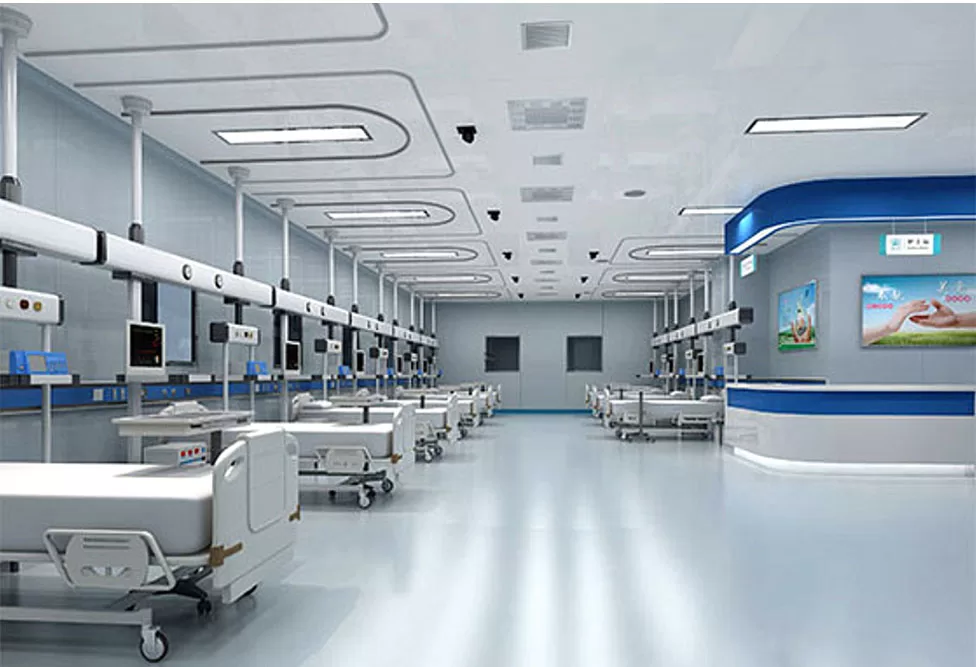
Lighting form and light source of clean workshop
There are more electronic equipment in the clean workshop is one-way load, there is unbalanced current, and there are clean fluorescent lamps, transistors, data processing and other nonlinear loads in the environment, so the distribution line is generally used TN2S or TN2C2S grounding system with protective grounding wire, safety is better. The power equipment with special requirements for power supply should be equipped with uninterruptible power supply (UPS) power supply (The power equipment with special requirements for power supply refers to the automatic input mode of standby power or the emergency automatic start mode of diesel generator still cannot meet the requirements; Computer real-time control system and communication network monitoring, etc.). Lighting sources are generally efficient clean fluorescent lamps, because the luminous efficiency of fluorescent lamps is 3 to 5 times that of incandescent lamps, small heat, conducive to energy saving, light color optional. However, some clean rooms are high in height, and it is difficult to achieve the designed illuminance value with fluorescent lighting, or some processes can also use other light sources with good color and higher luminous efficiency in order to avoid the interference of fluorescent lamps.
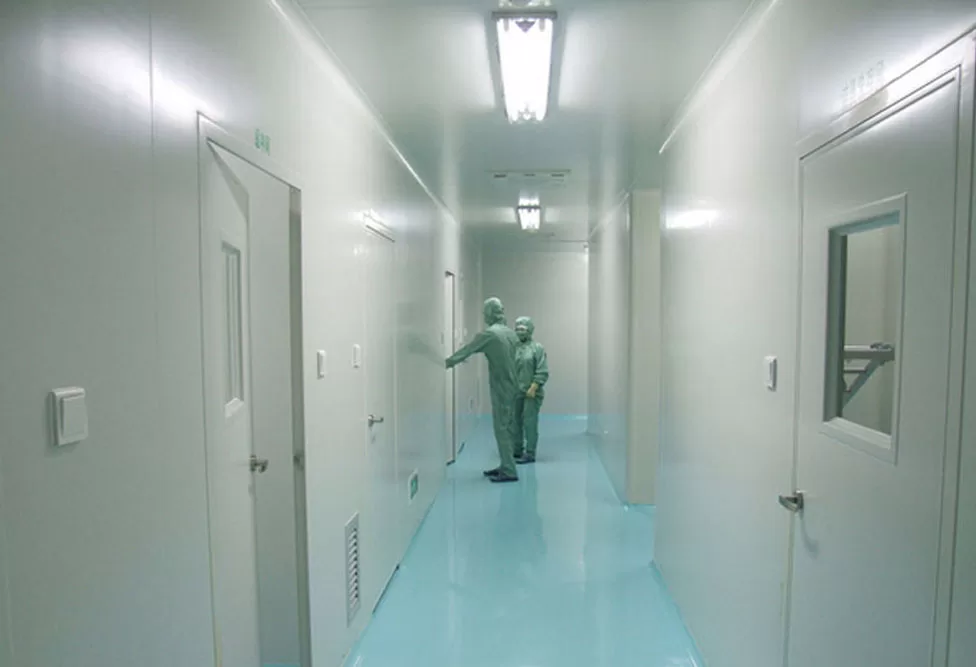
Type and arrangement of lamps in clean workshop
The type of lamps from the purification point of view, to be easy to clean, easy to replace, not easy to collect dust, high luminous rate, long service life characteristics, generally choose stainless steel frame, with transparent reflector cover double tube or single tube ceiling fluorescent lamp. The arrangement of the lamps is mainly in two ways: ceiling-type and embedded. The purification lamps in the clean workshop mainly use ceiling-type installation. This installation method is simple, convenient to change the arrangement of the lamps when changing, and the flat-top integrity is good. At the same time, it is also necessary to choose embedded lamps that are easy to clean and replace the lamps.

